What is the reason for the poor sealing of the valve
Where there is a pipeline, the valve is inseparable. The valve is installed on the pipeline and controls the flow of the fluid medium in the pipeline. It is an important control component. But the valve is also a wearable part. A common valve loss in our life is that the valve is not tightly sealed, resulting in leakage. So what is the reason for the poor
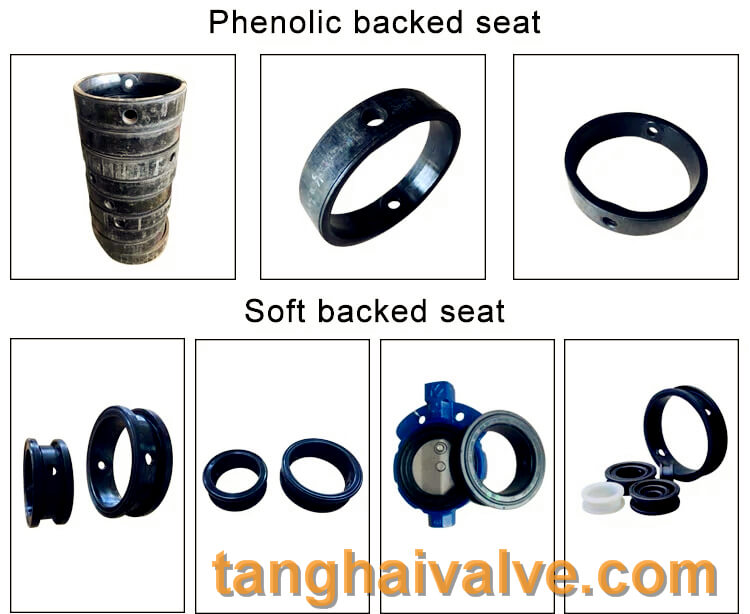
marine valve seat
sealing of the valve?
The leakage at the packing of the valve is a part of the valve that is prone to leakage failures. The valve is not tightly sealed, and the reasons are probably as follows.
1. Sealing auxiliary structure
Under the change of temperature or sealing force, the structure of the sealing pair will change. And this change will affect and change the force between the sealing pair, so that the performance of the valve sealing is reduced. Therefore, when choosing a seal, be sure to choose a seal with elastic deformation. At the same time, pay attention to the width of the sealing surface. The reason is that the contact surfaces of the sealing pair cannot be completely matched. When the width of the sealing surface increases, the force required for sealing is increased.
2. Specific pressure of sealing surface
The specific pressure of the sealing surface affects the sealing performance of the valve and the service life of the valve. Therefore, the specific pressure of the sealing surface is also a very important factor. Under the same conditions, too high specific pressure will cause valve damage, but too low specific pressure will cause valve leakage. Therefore, we need to fully consider the appropriateness of the specific pressure when designing
3. Physical properties of the medium
The physical properties of the medium also affect the valve sealing performance. These physical properties include temperature, viscosity, and hydrophilicity of the surface, among others. The temperature change not only affects the slackness of the sealing pair and the change of the size of the parts, but also has an inseparable relationship with the viscosity of the gas. Gas viscosity increases or decreases with increasing or decreasing temperature. Therefore, in order to reduce the influence of temperature on the sealing performance of the valve, when designing the sealing pair, we should design it as a valve with thermal compensation such as an elastic valve seat. Viscosity is related to the permeability of the fluid. When under the same conditions, the higher the viscosity, the lower the permeability of the fluid. The hydrophilicity of the surface means that when there is a film on the metal surface, the film should be removed. Because of this very thin oil film, it will destroy the hydrophilicity of the surface, resulting in blockage of fluid channels.
4. The quality of the sealing pair
The quality of the sealing pair mainly means that we must check the selection, matching and manufacturing accuracy of materials. For example, the valve disc fits well with the valve seat sealing surface, which can improve the sealing performance. The characteristic of many circumferential waviness is that its labyrinth sealing performance is good.
TH Valve is a professional manufacturer of butterfly valve, gate valve, check valve, globe valve, knife gate valve, ball valve with API, JIS, DIN standard, used in Oil, Gas, Marine industry, Water supply and drainage, fire fighting, shipbuilding, water treatment and other systems, with Nominal Diameter of DN50 to DN1200, NBR/EPDM/VITON, Certificates & Approvals: DNV-GL, Lloyds, DNV, BV, API, ABS, CCS. Standards: EN 593, API609, API6D
Video of center-lined butterfly valve:
Related news/knowledge:
What are the main factors affecting valve sealing?
Factors Affecting the Operation and Use of resilient seated butterfly valves
Factors affect the sealing performance of butterfly valves
factors affecting the sealing performance of resilient butterfly valve seat

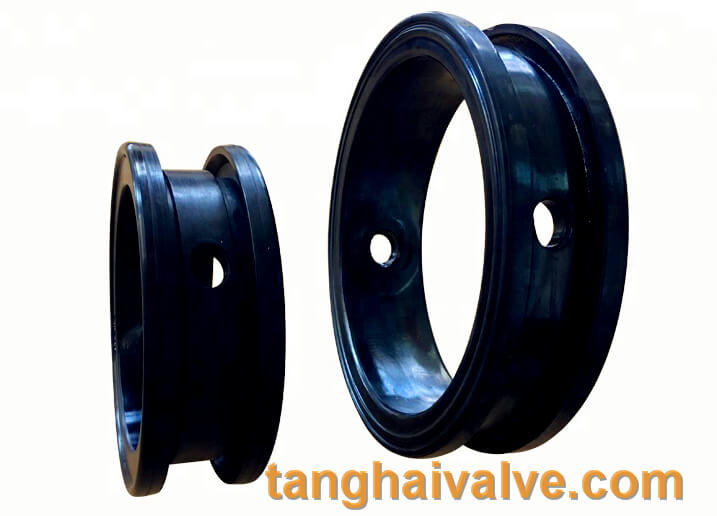

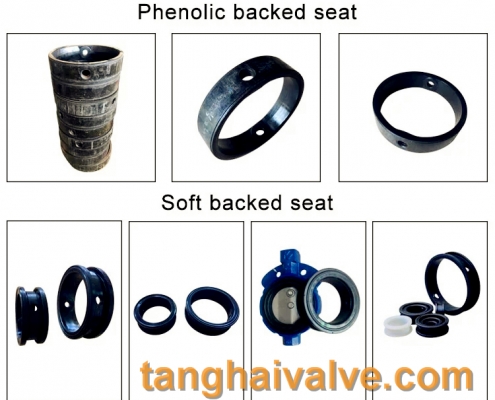
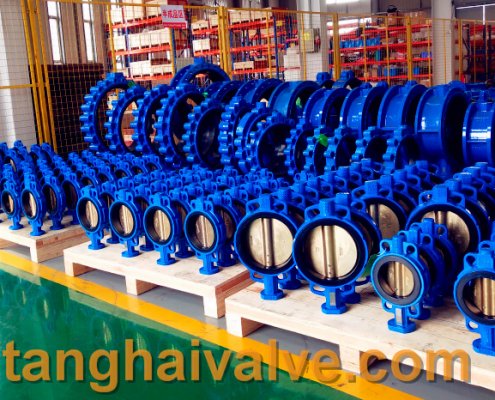
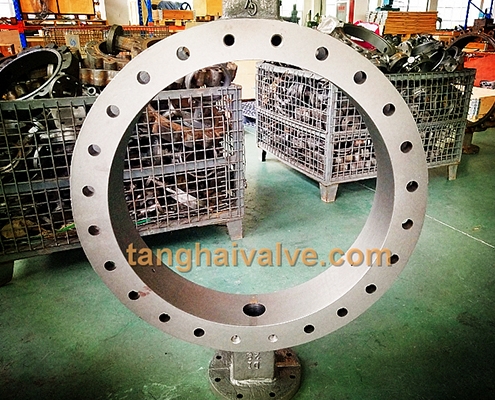
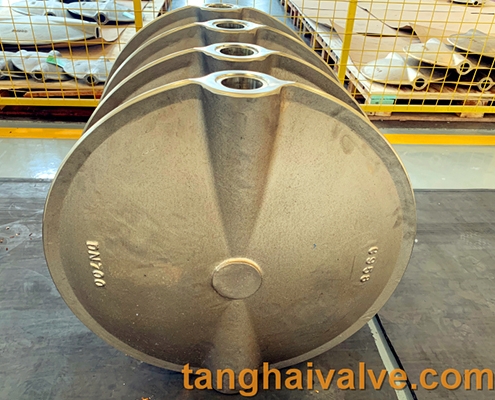
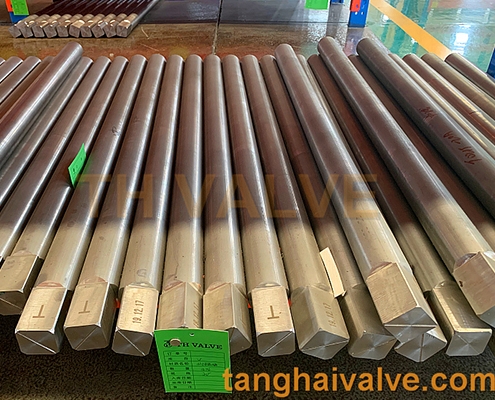
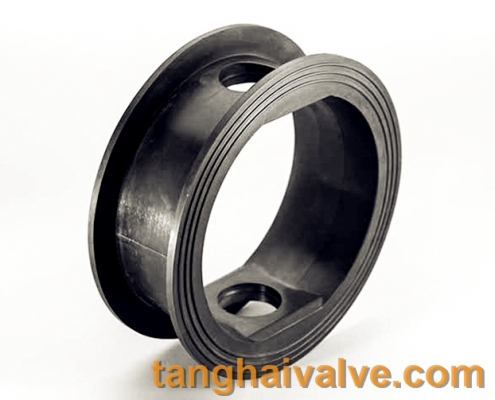 tanghaivalve.com
tanghaivalve.com

 © Copyright 2020 Tianjin Tanghaidongyang Valve Co., Ltd. All Rights Reserved.
© Copyright 2020 Tianjin Tanghaidongyang Valve Co., Ltd. All Rights Reserved.